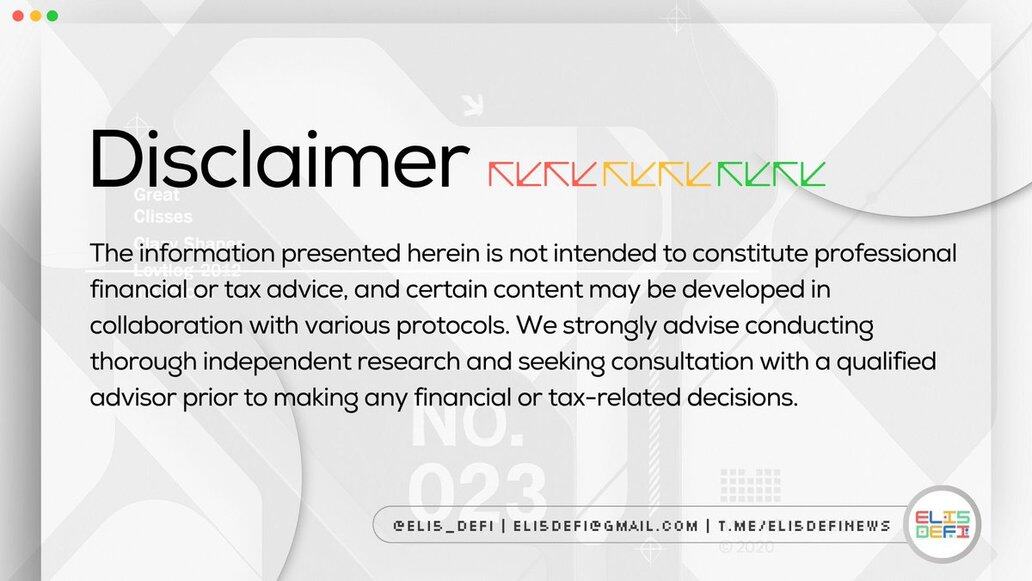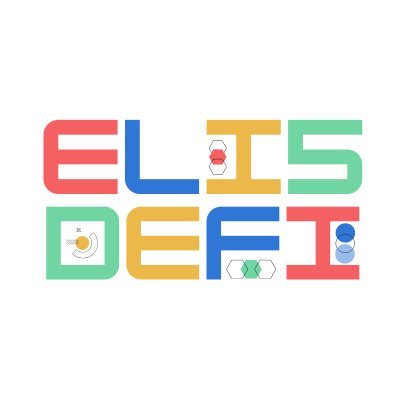➥ Why ZK Coprocessor is The Next Meta
Currently, blockchains face challenges with heavy computations, leading to slow, costly, and limited applications..
@brevis_zk solves this by running computations off-chain and proving results on-chain with ZK proofs.
All you need to know about Brevis in 30s 🧵
— — —
► What is Brevis?
Brevis is a zero-knowledge coprocessor that lets smart contracts read historical blockchain data and run complex computations with proofs.
Brevis operates in three steps:
❶ Computation is executed off-chain
❷ A zero-knowledge proof is returned on-chain for verification
❸ This enables blockchain computation to scale infinitely
Key Features:
➤ Infinite compute layer: all results can be verified
➤ Privacy-first: prove activity without exposing wallets or balances
➤ Developer-friendly: one SDK supports both pure-ZK and coChain models
...
► Architecture
Brevis is built on a glue-and-coprocessor model.
❶ zkVM (the glue): A general-purpose virtual machine for broad tasks with flexibility.
❷ Coprocessors: Specialized circuits for arithmetic, cryptography, machine learning, and historical on-chain data.
❸ Custom workflows: Developers can combine zkVM with coprocessors to build circuits tailored to their applications.
This design enables advanced computations off-chain while keeping verification cheap and secure on-chain.
...
► Brevis coChain
Brevis coChain is a Proof-of-Stake blockchain that complements the pure-ZK model, reducing costs and improving scalability while keeping security intact.
Workflow:
Submitting coprocessing requests → Generating results optimistically → Challenging results with ZK proofs → Slashing stakes on @ethereum if invalid
Key Points:
➤ Optimistic execution reduces the need for costly ZK proofs on every request
➤ Slashing ensures accountability and trustless security
➤ Integrated with @eigenlayer, giving developers flexible security options
➤ One SDK supports both pure-ZK and coChain models with no extra effort
...
► Brevis zkVM
Brevis zkVM is the engine of the coprocessor architecture, giving developers flexibility to run varied computations.
Key Points:
➤ Supports multiple proving fields
➤ Works with different proving systems, offering flexibility in performance and design
➤ Rust-based SDK makes it simple to prototype circuits
➤ Customizable proving workflows let developers configure fields, systems, and chips for app-specific needs
...
► Wrap Up
Blockchains cannot handle complex computations at scale without high costs.
Brevis solves this with its zkVM and coChain model: computations run off-chain, results are verified on-chain, and applications scale securely.
Impact so far: 70M+ proofs, $223M+ rewards, 1B tokens on @LineaBuild, $30M liquidity boost on @PancakeSwap, and the @KaitoAI Yapper Leaderboard using Brevis for privacy-preserving InfoFi.
Off-chain computation makes blockchains faster and cheaper, while proofs maintain trust on-chain.

— Disclaimer

12.94K
106
The content on this page is provided by third parties. Unless otherwise stated, OKX is not the author of the cited article(s) and does not claim any copyright in the materials. The content is provided for informational purposes only and does not represent the views of OKX. It is not intended to be an endorsement of any kind and should not be considered investment advice or a solicitation to buy or sell digital assets. To the extent generative AI is utilized to provide summaries or other information, such AI generated content may be inaccurate or inconsistent. Please read the linked article for more details and information. OKX is not responsible for content hosted on third party sites. Digital asset holdings, including stablecoins and NFTs, involve a high degree of risk and can fluctuate greatly. You should carefully consider whether trading or holding digital assets is suitable for you in light of your financial condition.

